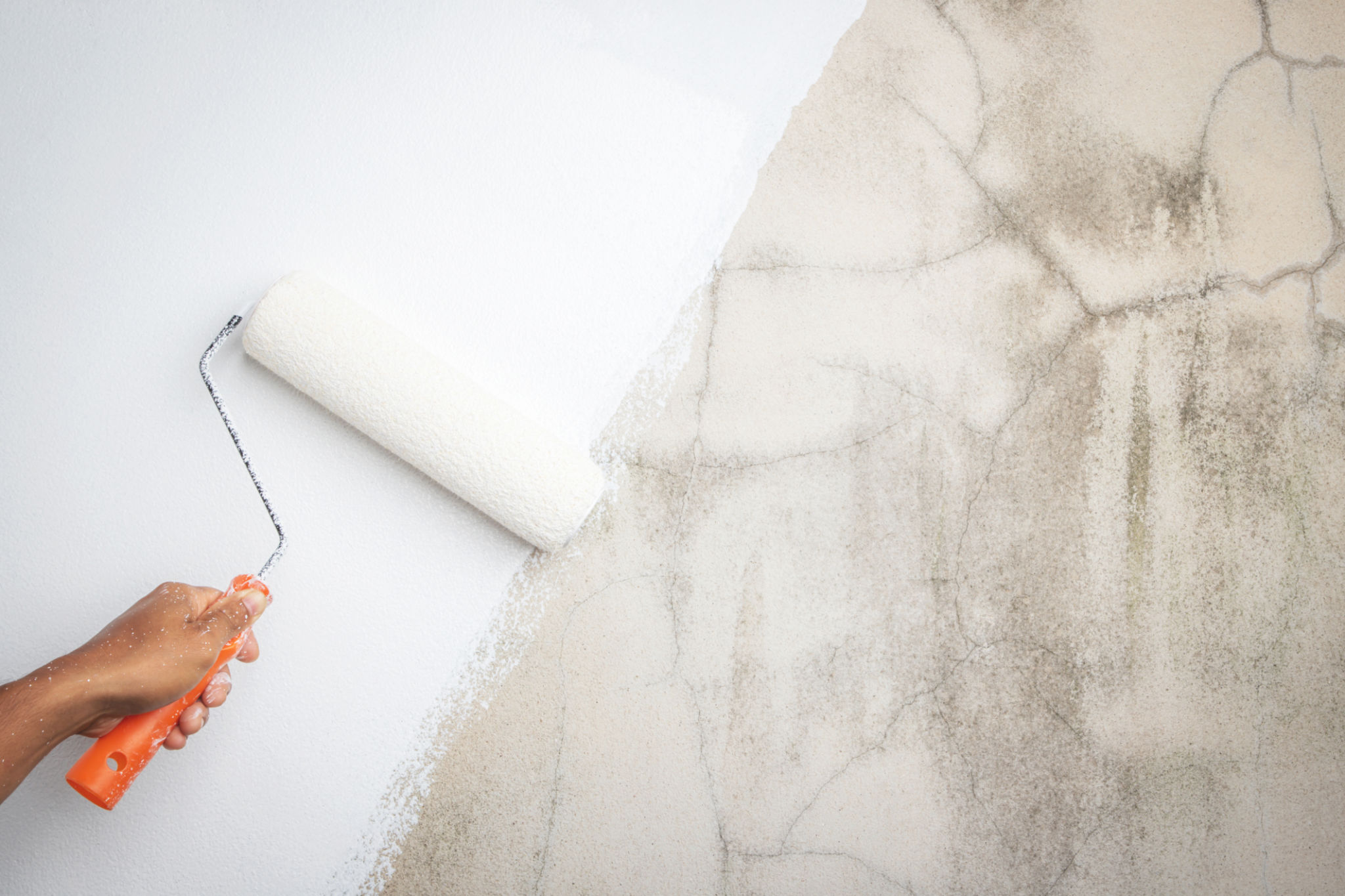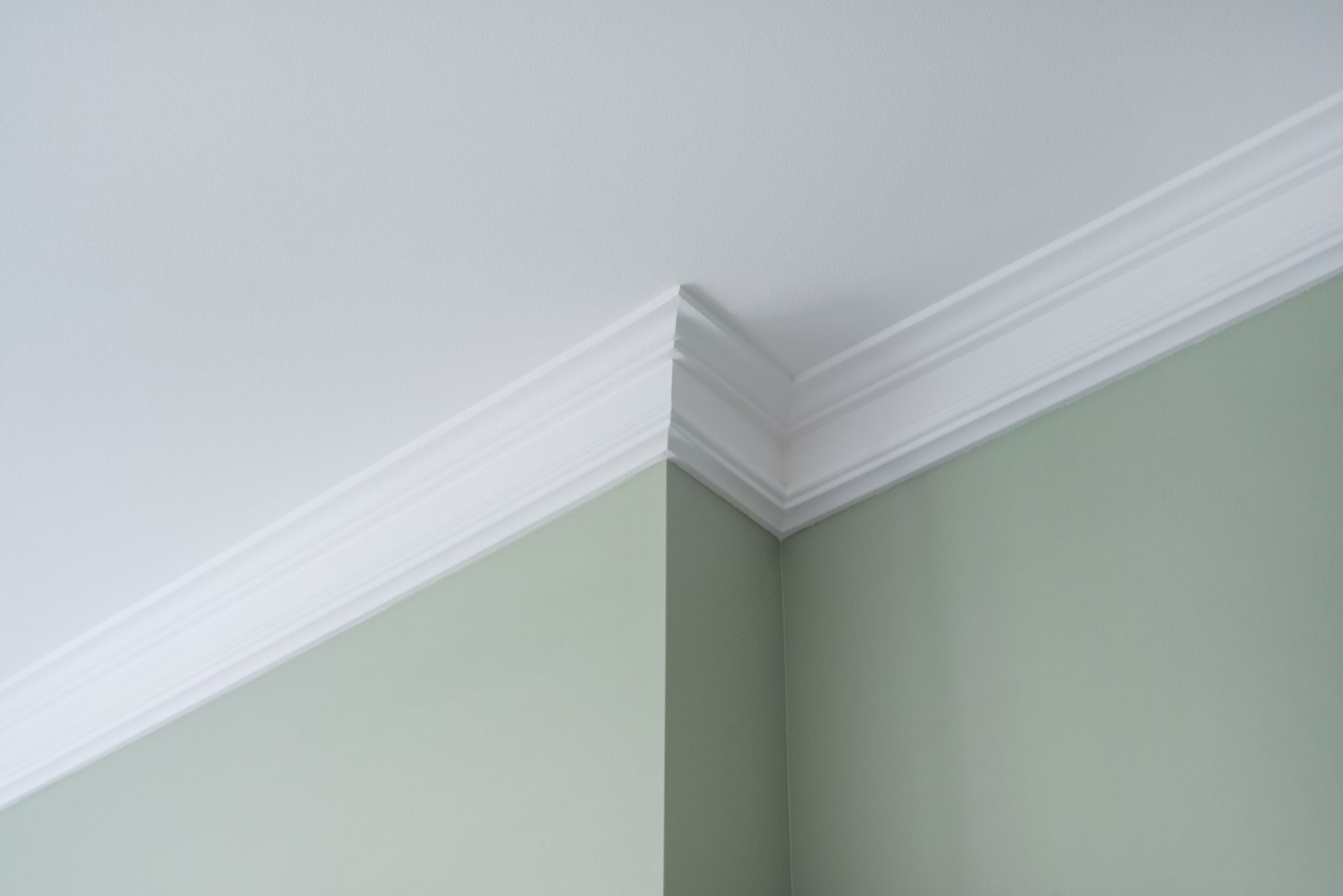Understanding Paint Finishes: Which One is Right for Your Home?
Choosing the Right Paint Finish for Your Home
When it comes to painting your home, selecting the right paint finish is just as crucial as choosing the perfect color. The finish can significantly affect the overall look, feel, and durability of your painted surfaces. Understanding the different types of paint finishes and their best applications can help you make an informed decision that enhances your living space.

Types of Paint Finishes
Paint finishes range from flat to high gloss, each offering a unique texture and level of reflectivity. Here are the most common options:
- Flat/Matte: This finish has no shine and is excellent for camouflaging imperfections. It provides a smooth, velvety appearance but is less durable in high-traffic areas.
- Eggshell: Slightly more lustrous than flat finishes, eggshell is ideal for living rooms and dining areas. It offers more durability and can handle light cleaning.
- Satin: Known for its soft sheen, satin is a versatile choice suitable for hallways, family rooms, and bedrooms. It is easy to clean and stands up well to moisture.
- Semi-Gloss: With a noticeable shine, semi-gloss is perfect for kitchens, bathrooms, and trim work. It resists moisture and stains, making it easy to maintain.
- High Gloss: The most reflective finish, high gloss is often used for doors, cabinets, and furniture. It provides a sleek look but requires careful surface preparation to avoid highlighting imperfections.

Considerations for Selecting a Finish
When choosing a paint finish, consider the room's function and the level of wear it will experience. High-traffic areas benefit from more durable finishes like satin or semi-gloss, while low-traffic spaces can handle flatter finishes. Additionally, the amount of natural light in a room can influence your choice; glossy finishes reflect more light, brightening darker spaces.
The aesthetic you wish to achieve also plays a role. For instance, a contemporary style may favor glossy finishes for their sleek look, whereas traditional homes might lean towards matte or eggshell for a softer vibe. Don't forget to test samples on your walls to see how they look at different times of the day.

Applying Paint Finishes
The application process can vary depending on the finish chosen. Flat paints are forgiving and easy to apply, while glossier options may require more precise techniques to avoid visible brush strokes or roller marks. It's essential to prepare your surfaces thoroughly by cleaning, sanding, and priming as needed to achieve the best results.
For those undertaking a DIY project, tools also matter. Use high-quality brushes and rollers designed for the specific type of paint finish you select. Proper application will ensure a professional look and extend the life of your paint job.
Maintaining Your Painted Surfaces
Different finishes require varying levels of maintenance. Flat finishes may need touch-ups more frequently due to their susceptibility to stains and scuffs. In contrast, glossier finishes are easier to wipe clean and maintain over time. Regular cleaning with mild soap and water can keep your walls looking fresh.
If you're unsure about which finish to choose or how to apply it, consider consulting with a professional painter. Their expertise can guide you through the decision-making process and ensure a flawless finish that complements your home's design.